Editors’ Picks




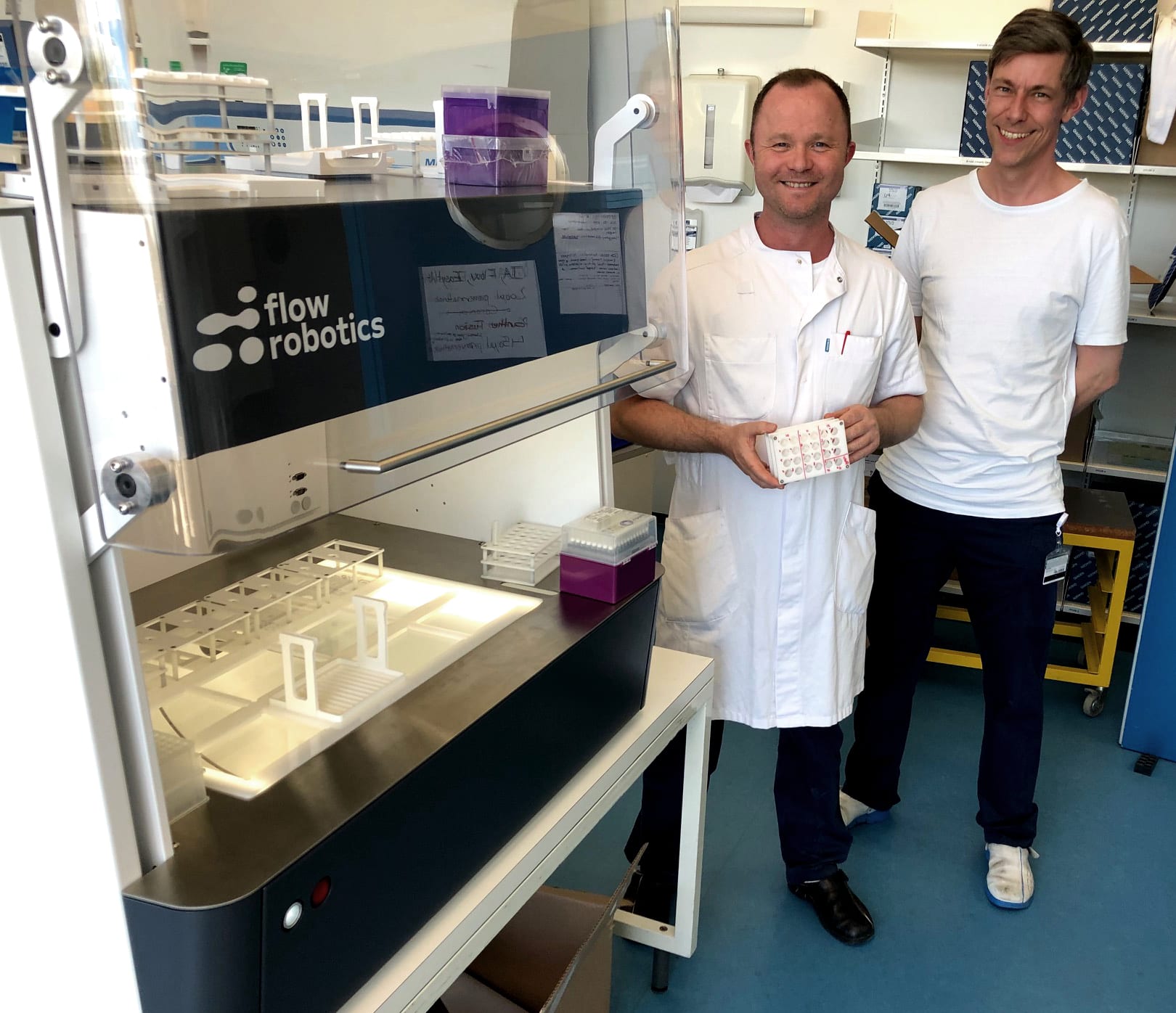
Found in Robotics News & Content, with a score of 0.89
Even as the world looks forward to so-called herd immunity, crushing the COVID-19 pandemic is a daunting task. It requires robust testing to know who is safe and who has contracted the novel coronavirus. Ultimate victory depends on getting vaccines produced, distributed, and administered, and automation can help at each step of the way. Technology transfer After a monumental effort to develop effective vaccines, healthcare providers and governments have struggled with mass vaccinations. Can robots help? There are not many robots directly injecting patients, but, if we look at other industries with similar requirements, automation has made progress. For instance,…
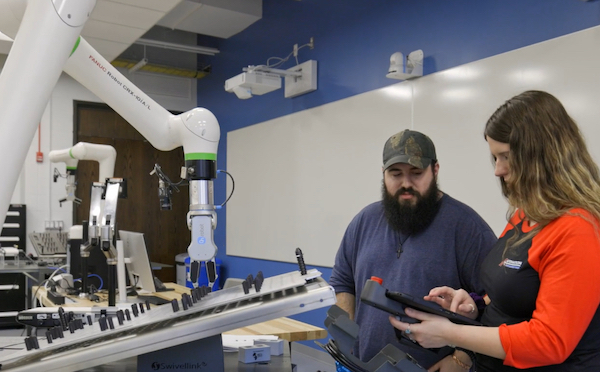
Found in Robotics News & Content, with a score of 0.78
…Manufacturing Skill Standards Council (MSSC), NOCTI Business Solutions, The ARM Institute, and Focus Hope. “The skills gap is a growing reality for companies in every industry,” said Paul Aiello, executive director for education at FANUC America. “In fact, if you ask any manufacturing CEO, they will say that their top priority is workforce and talent development. By partnering with these organizations, we hope to introduce and inspire students of all ages and backgrounds—the Automation Generation—to understand and seek exciting, rewarding, and high-demand automation career opportunities.” Since 2010, FANUC has been committed to working with high schools, technical training centers, community…
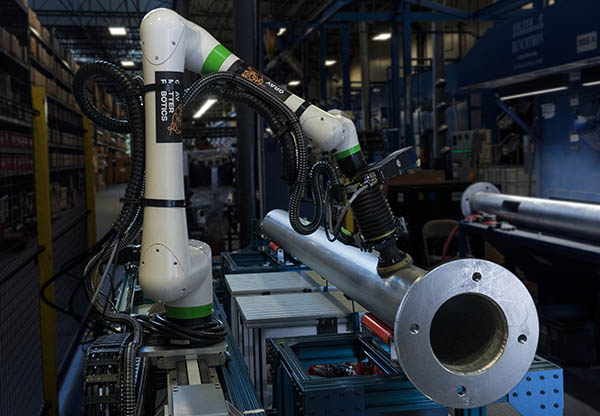
Found in Robotics News & Content, with a score of 0.76
Human workers have the experience and knowledge for complex tasks such as grinding and polishing, but robots can bring consistency and precision, freeing those workers for supervision and quality control. GrayMatter Robotics today said it has raised $20 million in Series A funding. The Los Angeles-based artificial intelligence and robotics startup plans to use the investment to expand its team to meet rapidly growing customer demands. “We are improving shop workers' lives, enhancing their productivity, and enabling them to focus on higher-value tasks,” stated Ariyan Kabir, co-founder and CEO of GrayMatter Robotics. “Manufacturing drives our economy, and without automating surface…

Found in Robotics News & Content, with a score of 0.75
WORCESTER, Mass.—If all politics is local, so too are opportunities to develop workforces and boost regional economies with robotics. The Massachusetts Technology Collaborative last week held its third annual Massachusetts Manufacturing Mash-Up at Polar Park, showcasing collaboration among business, academia, and government to innovate, educate, and grow. About 1,500 people attended the event, 25% growth over 2022, according to the event organizers. This year's Mash-Up included the 8th Annual Manufacturing Awards Ceremony, the announcement of the Massachusetts Manufacturing Accelerate Program (MMAP) grant winner, and exhibits by technology companies, as well as student networking and challenges. “Our organization is proud to…

Found in Robotics News & Content, with a score of 0.71
Federal money is flowing to the Pittsburgh area to help build a robotics and autonomy cluster. The Southwestern Pennsylvania New Economy Collaborative today announced the receipt of a $62.7 million federal Build Back Better Regional Challenge grant awarded by the U.S. Economic Development Administration, or EDA. The southwestern Pennsylvania region is one of only 21 applicants to receive this funding. It was among the 60 finalists involved in Phase 2 of the Build Back Better Challenge. Phase 1 of the challenge involved 529 submissions for funding to advance industry-development projects across the U.S. The collaborative board has met since autumn…
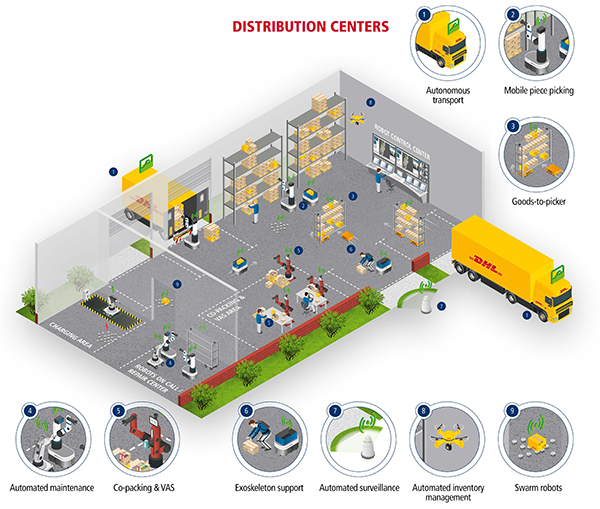
Found in Robotics News & Content, with a score of 0.65
As the number and types of autonomous mobile robots, or AMRs, from different vendors have grown in warehouses, factories, and other facilities, the need for them to communicate has also grown. MassRobotics is one of the organizations leading efforts to develop interoperability standards. After a year of monthly meetings, the MassRobotics AMR Interoperability Working Group has defined what data should be shared in standard messages. The global market for AMRs and automated guided vehicles (AGVs) will reach $14 billion by 2026, with more than 270 vendors in the space, according to Logistic IQ. Adoption of AMRs will experience a compound…
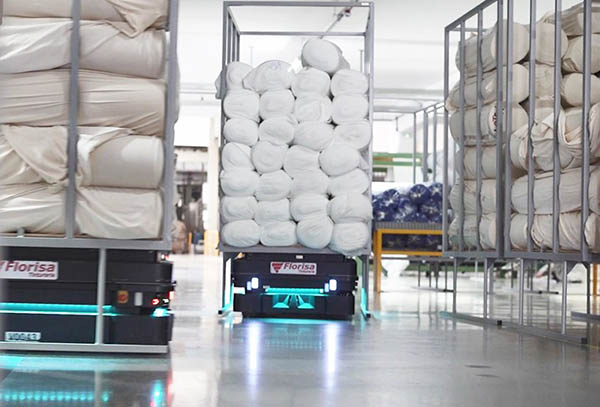
Found in Robotics News & Content, with a score of 0.62
Fleet management software continues to evolve, enabling not only better and more efficient operations of the robots themselves, but also the interoperability of robots from different manufacturers. It can also be integrated with enterprise resource planning, warehouse management systems, and other software, though much of this integration is still at an early stage. “The main differentiator for MiR is the amount of sensors we use on our robot to feed data into a planning algorithm,” said Ed Mullen, vice president of sales for the Americas at Mobile Industrial Robots ApS (MiR). “We collect five different types of sensor data. When…
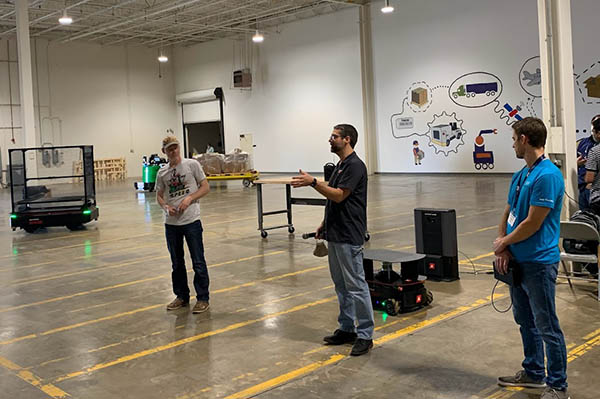
Found in Robotics News & Content, with a score of 0.60
MEMPHIS—As more robots from multiple vendors enter warehouses and other facilities, the need for them to work together becomes increasingly important for operators to realize the benefits of automation. Most of the discussions around interoperability have been theoretical—until now. Yesterday at the FedEx DART research and development center here, Vecna Robotics, Waypoint Robotics, and WiBotic successfully demonstrated MassRobotics' new standard for communications. The demonstration was part of the Autonomous Mobile Robot (AMR) and Logistics Conference held by the Association for Advancing Automation (A3). While several organizations have recognized the need for interoperability among AMRs, yesterday's demonstration was the first time…
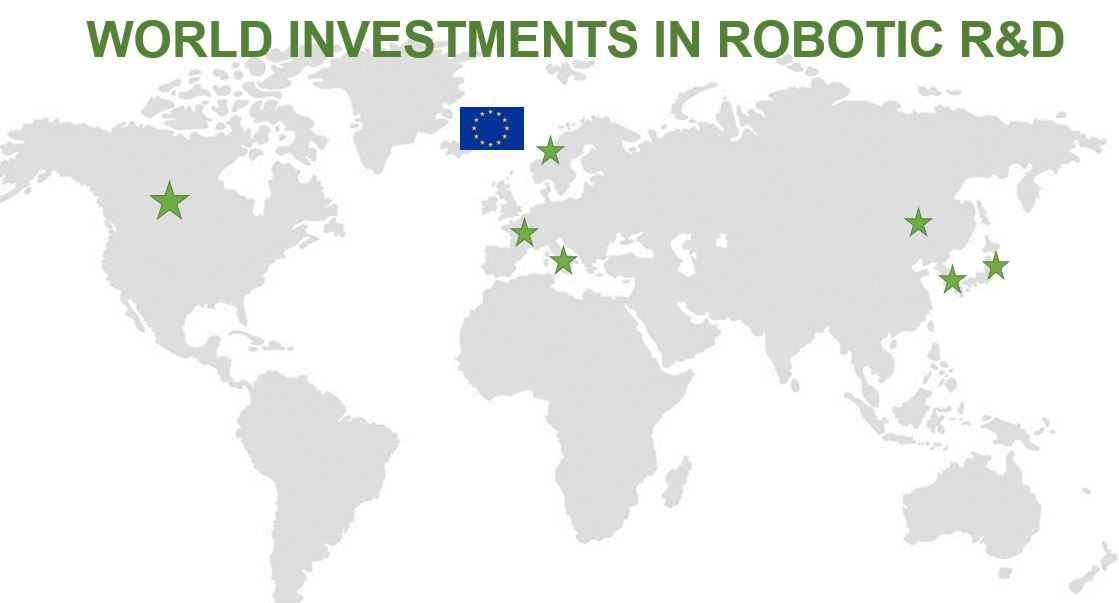
Found in Robotics News & Content, with a score of 0.60
The International Federation of Robotics today announced the 2021 update for its “World Robotics R&D Programs,” in which it examines government funding of robotics research and development across the world. Each of the top five nations has adjusted its strategy as their economies begin to recover from the COVID-19 pandemic. However, their strategies also reflect different priorities, as countries seek to lead different aspects of innovation or commercialization. The Frankfurt, Germany-based organization revised the “World Robotics R&D Programs” report from last year's edition. “The first version of 'World Robotics R&D Programs' was introduced in June last year,” stated Prof. Dr.…
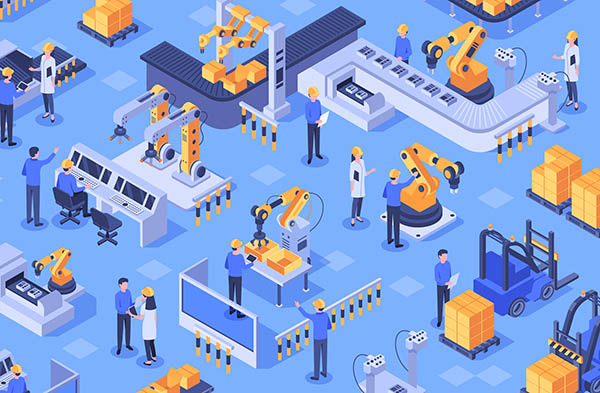
Found in Robotics News & Content, with a score of 0.58
…in operation at a FedEx facility. Teele: At the ARM Institute, we were able to accomplish much during a challenging pandemic year. However, our biggest accomplishment was the launch of RoboticsCareer.org. Numerous studies have indicated that lack of skilled labor is the No. 1 reason holding back automation at manufacturers in the U.S. This free, national resource is designed to help those both entering the workforce as well as incumbent workers better understand the skills and career paths for a role working with robotics in manufacturing, and what actions they can take to start or advance their career. Site visitors…
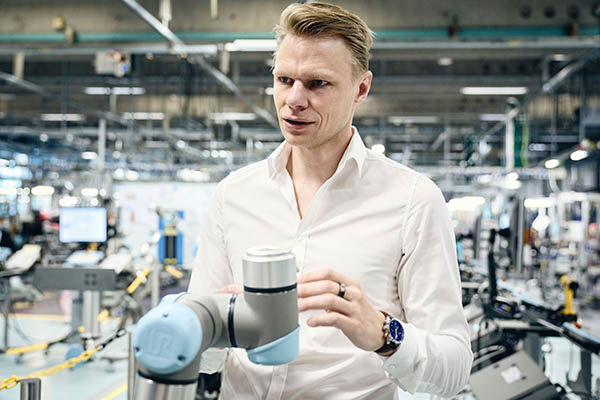
Found in Robotics News & Content, with a score of 0.48
One of the fastest growing areas of robotics is collaborative robots or cobots, which have sensors enabling them to work alongside people and are designed to be easier to program and use for a variety of tasks. Universal Robots A/S is the global market leader in cobots, and it has developed an ecosystem of accessory providers, systems integrators, and training programs to support its robot arms. Kim Povlsen, who became president and CEO of the Odense, Denmark-based company last year, has seen cobot technology mature. Robotics 24/7 spoke with Povlsen about his background, how Universal Robots has weathered the COVID-19…
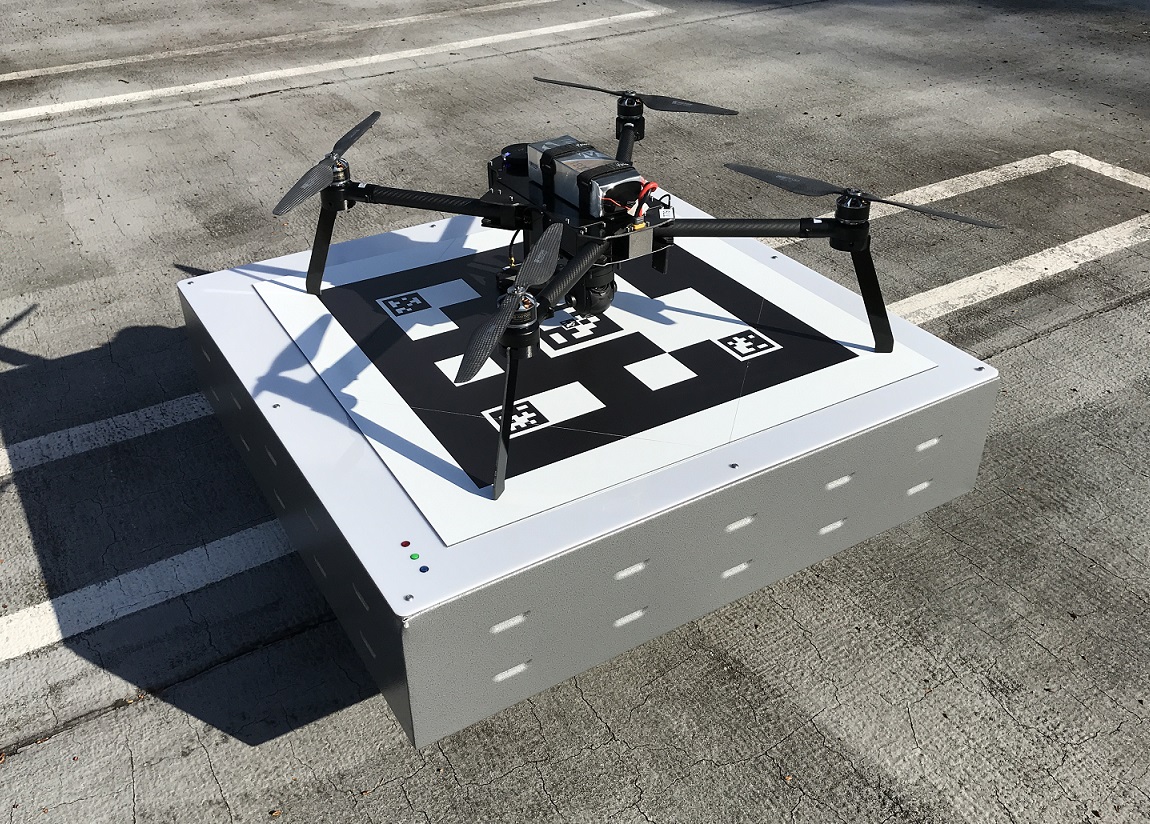
Found in Robotics News & Content, with a score of 0.46
…It has become a much bigger issue, and the ARM Institute and MassRobotics are starting to think about it.” “It's not just the physical interface of contact chargers, but also some devices use 24- or 48-volt batteries, and others need charge fast or slow,” he said. “We need to deliver the right intelligence for a particular robot in the system to be able to scale up or down.” “Imagine a setup with just two different robots with a charging station each,” added Waters. “If a worker moves it for a box in a warehouse, for most systems, they then have…



